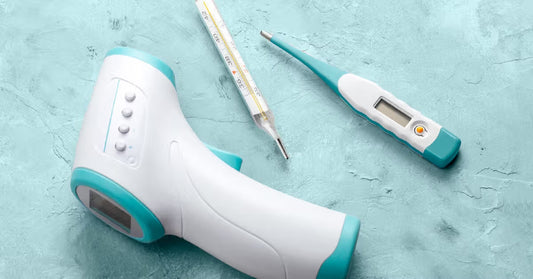
About non-medical masks and face coverings
How to protect others
The best thing you can do to prevent spreading COVID-19 is to wash your hands frequently with warm water and soap for at least 20 seconds. If none is available, use hand sanitizer with a minimum of 60% alcohol base.
To protect others, you should also:
- stay at home
- maintain a 2-metre physical distance from others
- when physical distancing cannot be maintained, consider wearing a non-medical mask or homemade face covering
- avoid touching your face, mouth, nose or eyes
Wearing a homemade facial covering/non-medical mask in the community has not been proven to protect the person wearing it and is not a substitute for physical distancing and hand washing.
However, it can be an additional measure taken to protect others around you, even if you have no symptoms. It can be useful for short periods of time, when physical distancing is not possible in public settings, such as when grocery shopping or using public transit.
Appropriate use of non-medical mask or face covering
When worn properly, a person wearing a non-medical mask or face covering can reduce the spread of his or her own infectious respiratory droplets.
Non-medical face masks or face coverings should:
- allow for easy breathing
- fit securely to the head with ties or ear loops
- maintain their shape after washing and drying
- be changed as soon as possible if damp or dirty
- be comfortable and not require frequent adjustment
- be made of at least 2 layers of tightly woven material fabric (such as cotton or linen)
- be large enough to completely and comfortably cover the nose and mouth without gaping
Some masks also include a pocket to accommodate a paper towel or disposable coffee filter, for increased benefit.
Non-medical masks or face coverings should not:
- be shared with others
- impair vision or interfere with tasks
- be placed on children under the age of 2 years
- be made of plastic or other non-breathable materials
- be secured with tape or other inappropriate materials
- be made exclusively of materials that easily fall apart, such as tissues
- be placed on anyone unable to remove them without assistance or anyone who has trouble breathing
Limitations
Homemade masks are not medical devices and are not regulated like medical masks and respirators. Their use poses a number of limitations:
- they have not been tested to recognized standards
- the fabrics are not the same as used in surgical masks or respirators
- the edges are not designed to form a seal around the nose and mouth
- they may not provide complete protection against virus-sized particles
- they can be difficult to breathe through and can prevent you from getting the required amount of oxygen needed by your body
These types of masks may not be effective in blocking virus particles that may be transmitted by coughing, sneezing or certain medical procedures. They do not provide complete protection from virus particles because of a potential loose fit and the materials used.
Medical masks, including surgical, medical procedure face masks and respirators (like N95 face masks), must be kept for health care workers and others providing direct care to COVID-19 patients.







